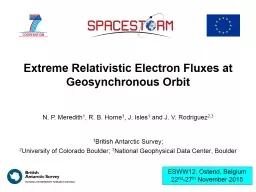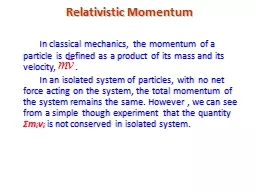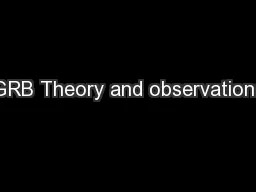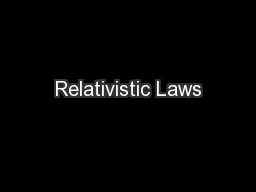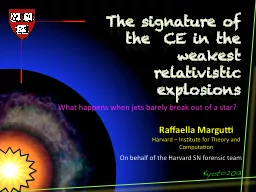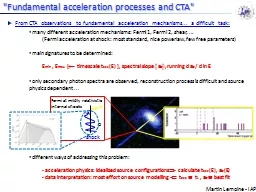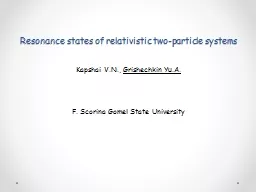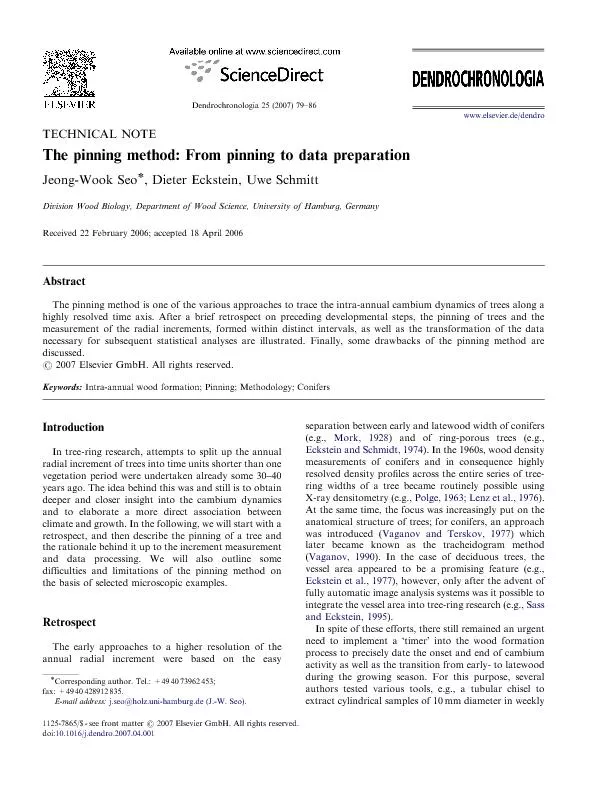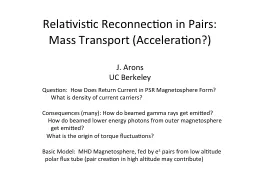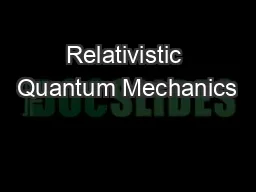PPT-Extreme Relativistic Electron Fluxes at Geosynchronous Orbi
Author : debby-jeon | Published Date : 2016-10-26
N P Meredith 1 R B Horne 1 J Isles 1 and J V Rodriguez 23 1 British Antarctic Survey 2 University of Colorado Boulder 3 National Geophysical Data Center Boulder
Presentation Embed Code
Download Presentation
Download Presentation The PPT/PDF document "Extreme Relativistic Electron Fluxes at ..." is the property of its rightful owner. Permission is granted to download and print the materials on this website for personal, non-commercial use only, and to display it on your personal computer provided you do not modify the materials and that you retain all copyright notices contained in the materials. By downloading content from our website, you accept the terms of this agreement.
Extreme Relativistic Electron Fluxes at Geosynchronous Orbi: Transcript
Download Rules Of Document
"Extreme Relativistic Electron Fluxes at Geosynchronous Orbi"The content belongs to its owner. You may download and print it for personal use, without modification, and keep all copyright notices. By downloading, you agree to these terms.
Related Documents

